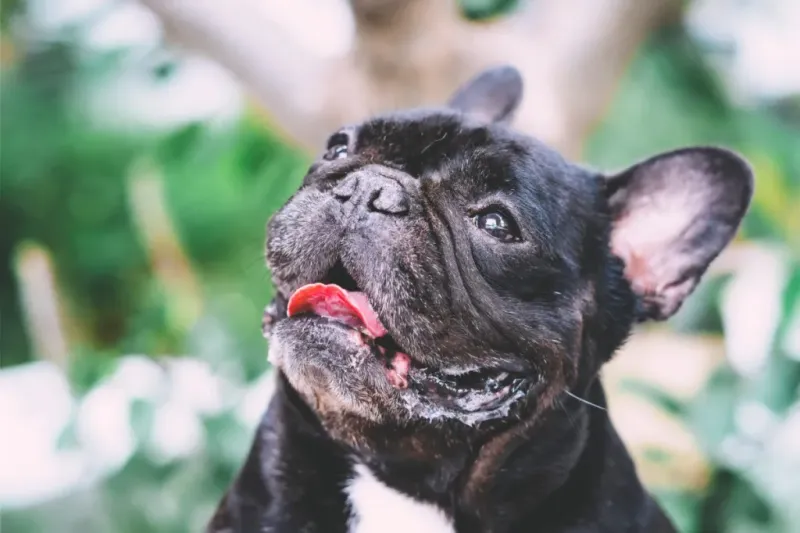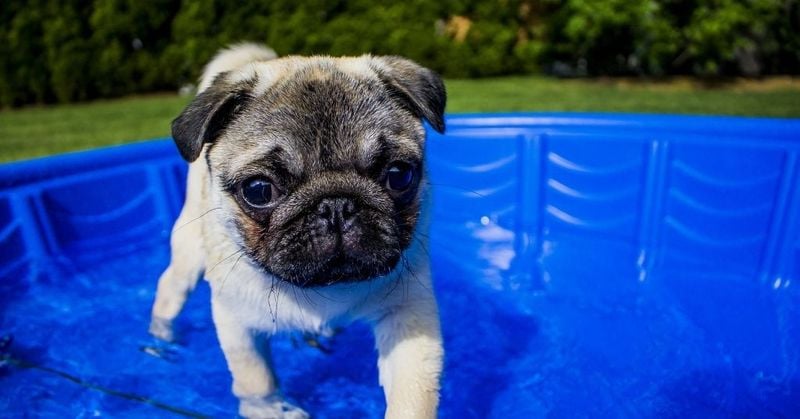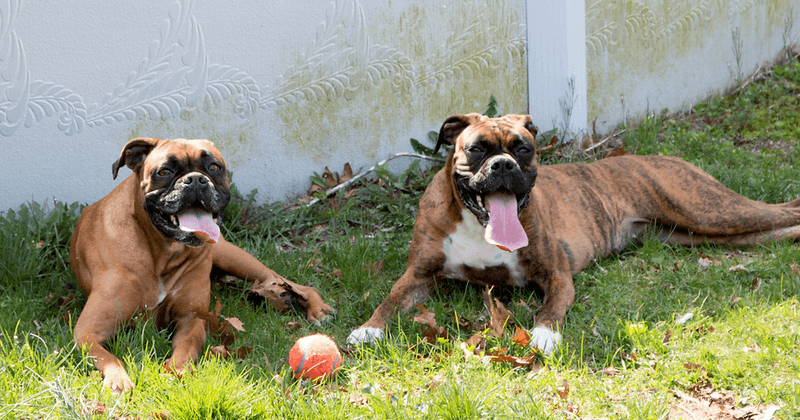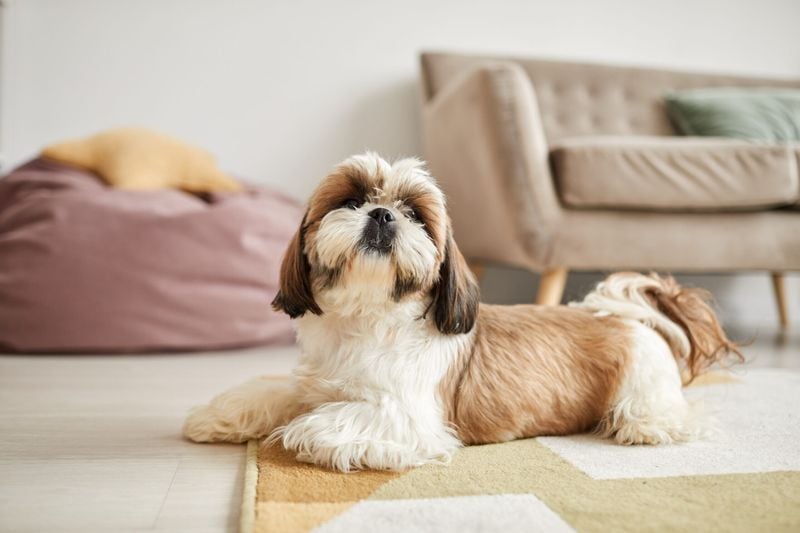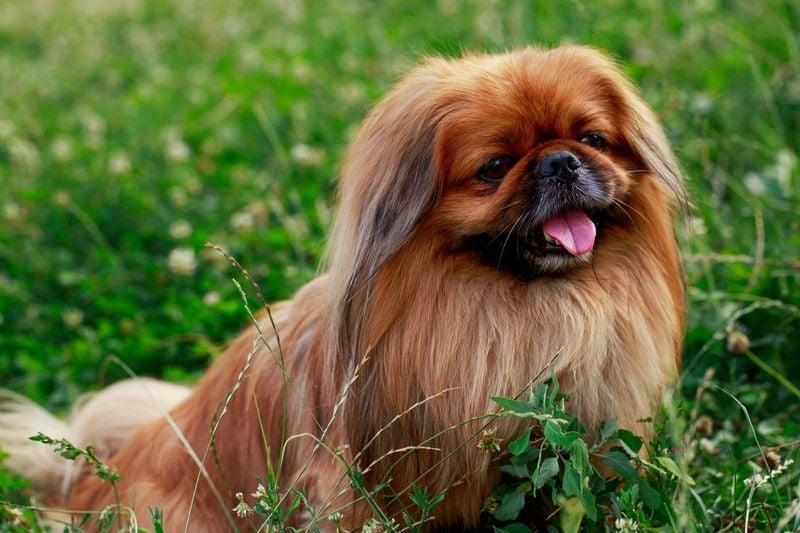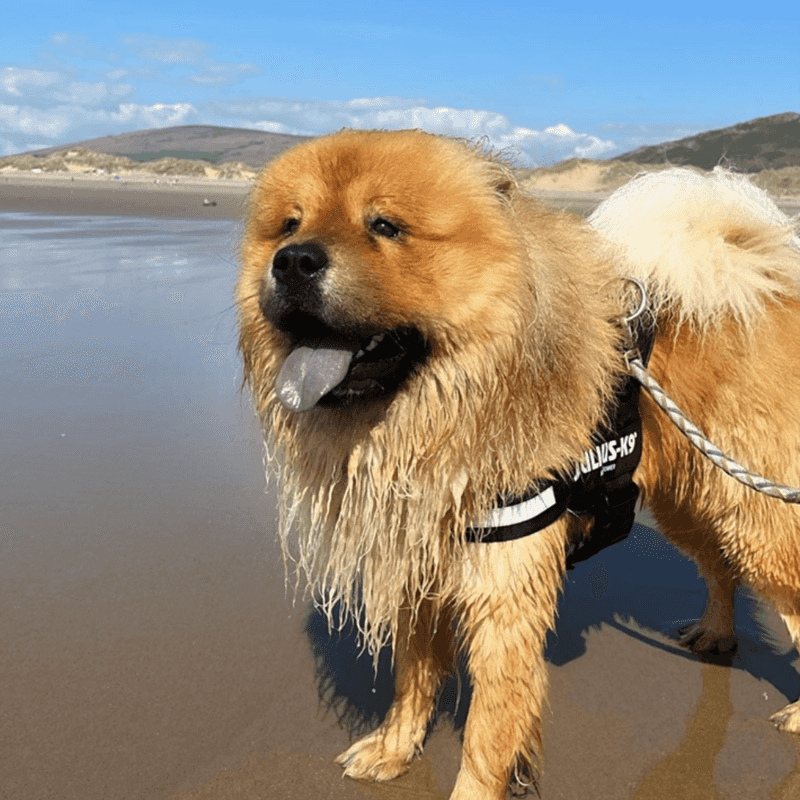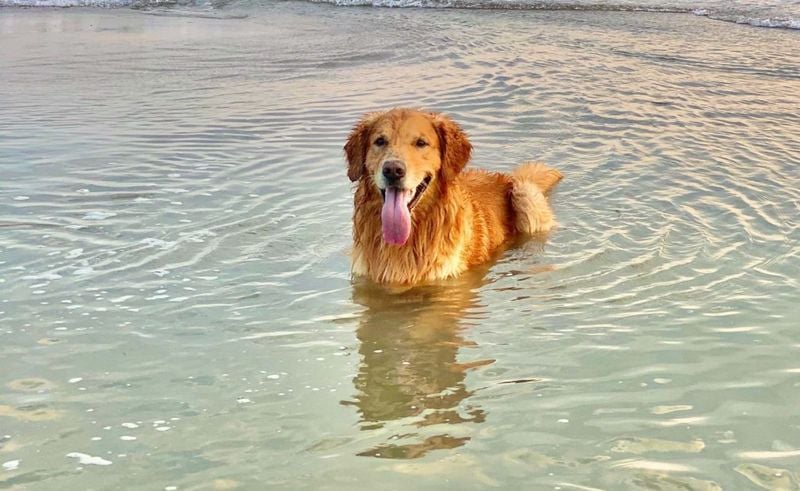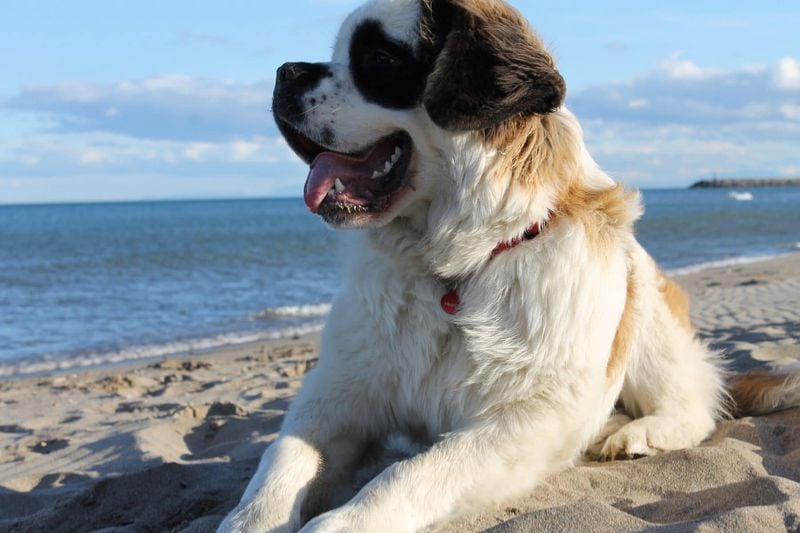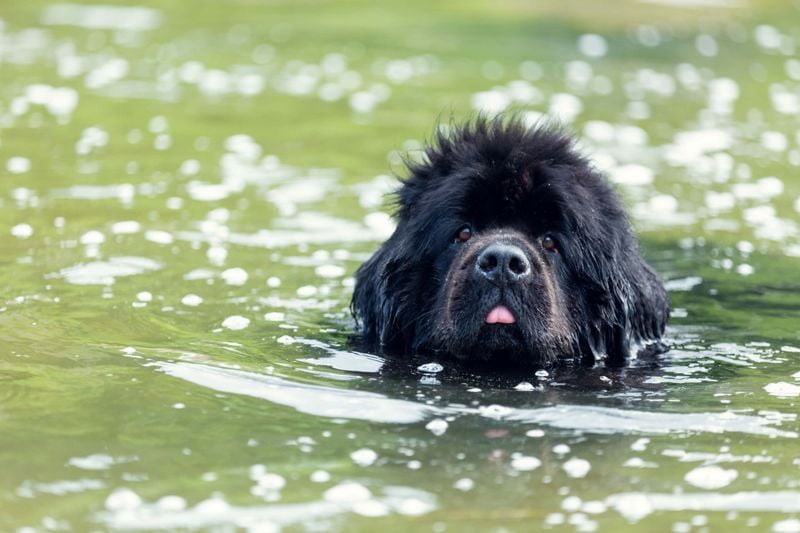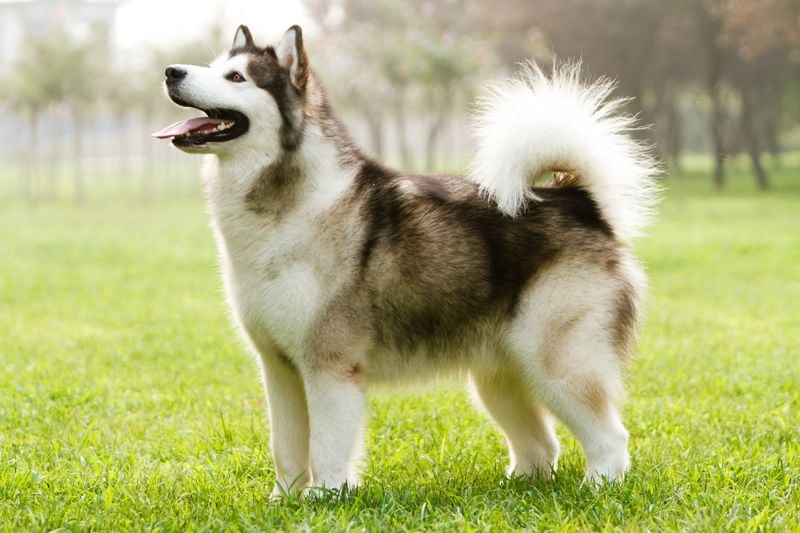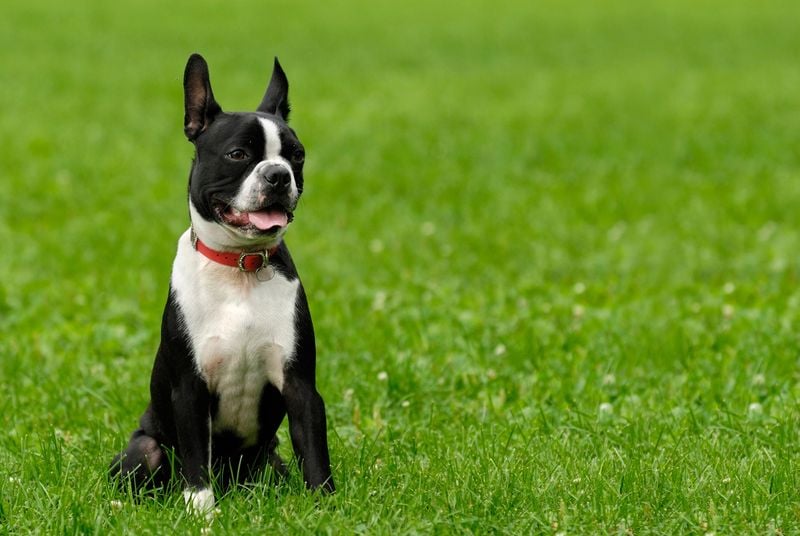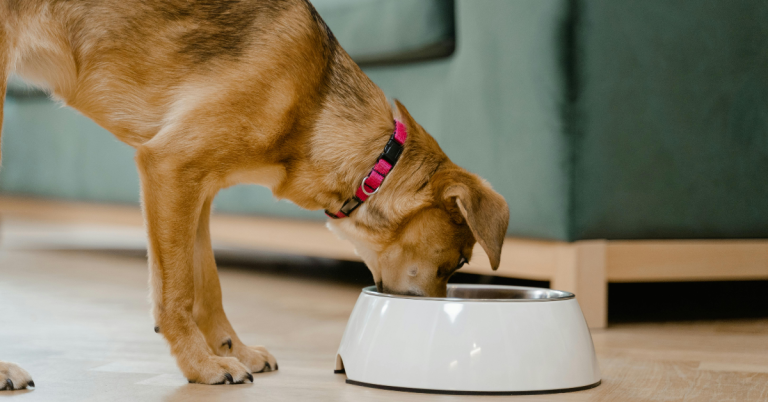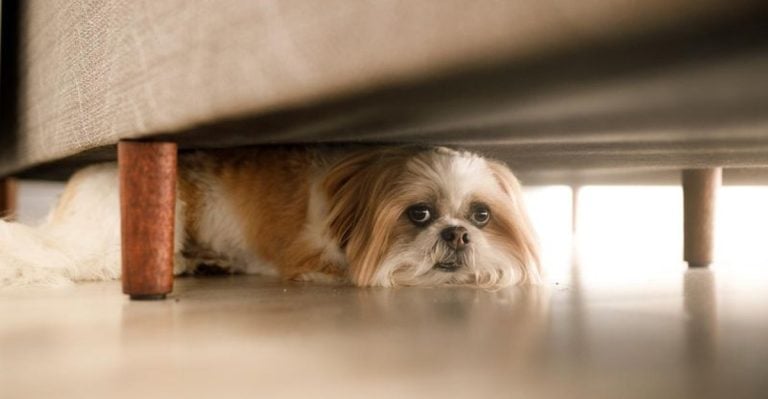These Dog Breeds Are Most Likely to Suffer Heatstroke – Here’s How to Keep Them Safe
Summer can be a joyful time for dogs—longer walks, park playdates, backyard lounging, and maybe even a splash in the kiddie pool.
But while the sunshine lifts our spirits, it can be dangerously deceptive when it comes to our four-legged friends. Not all dog breeds are equally equipped to handle the heat, and for some, a warm day could turn into a serious medical emergency.
Heatstroke in dogs is more common than most pet owners realize, and certain breeds are especially vulnerable.
Flat-faced pups like Bulldogs and Pugs, fluff-covered giants like Saint Bernards and Newfoundlands, and even high-energy retrievers can all struggle to regulate their body temperature when temperatures soar.
Unlike humans, dogs can’t rely on sweating to cool down—they primarily release heat through panting, which isn’t always enough to keep them safe.
As a result, it’s not just the heat index that matters—it’s your dog’s breed, size, coat type, and even personality.
An enthusiastic Labrador may push through a game of fetch without realizing their body is overheating. A sleepy Shih Tzu might quietly suffer in the shade, showing subtle signs of distress.
That’s why it’s crucial to understand the unique risks some breeds face and take proactive steps to protect them during the warmer months.
In this article, we’ll highlight the dog breeds that are most at risk for heatstroke and give you practical, veterinarian-approved strategies to keep them cool, comfortable, and safe.
Whether you’re planning a day at the beach or just hanging out in the backyard, knowing what to watch for and how to respond could be a literal lifesaver for your pup.
1. Bulldogs (English & French)
Bulldogs are lovable couch potatoes with adorably squishy faces, but that smooshed snout comes with a price—poor heat regulation.
As a brachycephalic breed, Bulldogs can’t pant efficiently, which is a dog’s primary way to cool down. Even mild exertion in warm temperatures can send their body temperature skyrocketing.
These dogs are especially at risk on humid days or when left in poorly ventilated areas.
Always keep them in shaded, air-conditioned spaces and avoid walks during peak sun hours. Cooling vests and mats can offer added protection.
2. Pugs
Pugs are playful and affectionate, but their short nasal passages make it difficult to breathe in hot weather.
They may pant constantly, but that doesn’t mean they’re cooling off. These little guys can quickly go from playful to overheated without much warning.
It’s important to monitor your Pug’s activity level and limit time outdoors when it’s hot. Ice water, fans, and even a damp cloth on their belly can help them stay comfortable during summer.
3. Boxers
Boxers have endless energy and love to zoom around, but that enthusiasm can backfire in hot weather. Their slightly shortened snouts restrict airflow and make panting less effective.
Combine that with their muscular build, and overheating becomes a serious risk.
Limit playtime to early morning or evening and provide frequent water breaks. Indoors, keep fans running and consider a kiddie pool for supervised splashing. Don’t let their eagerness fool you—they won’t stop playing until it’s too late.
4. Shih Tzus
Shih Tzus may be pint-sized royalty, but their lush double coats and flat faces make them heat-sensitive divas. These dogs don’t have the respiratory efficiency needed to cool themselves down quickly, and their thick fur traps body heat like a tiny sauna.
Even lounging outdoors can lead to heat exhaustion if the temperature climbs. Regular grooming helps, but avoid shaving them completely—just trim to allow better airflow. Indoors, cool tiles and a small fan can do wonders for their comfort.
5. Pekingese
With their signature lion-like mane and compact build, Pekingese dogs overheat easily—especially in humid climates. Their flat faces don’t allow for proper airflow during panting, and their short legs keep them close to hot surfaces like pavement.
You’ll want to avoid long walks and give them access to shaded or air-conditioned areas. Brush their coats frequently to reduce insulation and use a damp towel on their paws and belly to help cool them down when needed.
6. Chow Chows
Chow Chows look like cuddly teddy bears, but those fluffy coats are designed for cold weather—not summer heat.
Their thick double coat insulates them too well, making it hard for their bodies to release heat. Combined with their stubborn streak, they often won’t seek shade even when they need it.
Daily brushing, shaded rest areas, and cool indoor environments are musts. Avoid exercise in the sun and consider trimming (not shaving) their coat for better ventilation.
Keep an eye out for rapid breathing or glassy eyes—early signs of heatstroke.
7. Golden Retrievers
Golden Retrievers love summer adventures, but their dense, water-resistant coats can hold onto heat longer than you’d think.
Add in their boundless energy and eagerness to please, and you’ve got a dog that may ignore signs of overheating just to keep playing fetch.
During hotter months, limit exercise to the cooler parts of the day and offer water breaks frequently. A shady spot, cooling vest, or even a quick dip in the pool can help prevent them from overheating while still enjoying the outdoors.
8. Labrador Retrievers
Labs are energetic and playful, with a work ethic that sometimes works against them.
They’ll keep running, hiking, or swimming even as their bodies overheat—especially if they’re trying to impress their favorite human. Their thick double coat also traps heat in warmer weather.
To keep them cool, make sure their environment offers shaded rest stops and plenty of water. Wetting their coat or letting them wade in a shallow pool can help bring their temperature down quickly and safely.
9. Saint Bernards
Built for snowy alpine rescues, Saint Bernards have a dense coat and large body mass that make summer weather feel suffocating. They overheat fast and don’t handle exertion well in warm conditions, even if they’re just walking around the yard.
Keep them indoors with air conditioning during the hottest hours of the day, and avoid any strenuous activity.
A fan, cool floor space, and grooming to remove excess fur can help lower their body temperature naturally. Always watch for excessive panting or drooling.
10. Newfoundlands
Newfoundlands were bred for icy waters, not sweltering sidewalks. With their massive size and thick, oily double coats, they trap heat like a heavy winter jacket.
These gentle giants are especially vulnerable to heatstroke even after mild activity outdoors.
Regular grooming to reduce undercoat density is essential in warmer months. Let them rest indoors during peak heat, and never encourage them to exercise during the day.
Kiddie pools or misting fans can be lifesavers for these cold-loving companions.
11. Alaskan Malamutes
Alaskan Malamutes thrive in sub-zero conditions, so it’s no surprise they struggle when the sun’s blazing.
Their thick fur, built to withstand Arctic winters, becomes a liability in summer. Malamutes may enjoy activity, but they can overheat before they show visible signs.
Keep walks short and confined to early mornings or late evenings. Provide plenty of water, shade, and if possible, cooling mats. Never shave their coat—it actually helps regulate temperature—but regular brushing will help remove excess undercoat.
12. Boston Terriers
Boston Terriers are cheerful and compact, but their flat faces make breathing tough in the heat.
They also tend to be quite active, which only raises their risk of overheating. Even a quick game of fetch can push them past their limits in warm weather.
Avoid overexertion, especially outdoors during midday. Keep them hydrated and indoors with fans or A/C running. A light, damp towel draped over their back or belly can work wonders in helping them regulate temperature after a walk.

